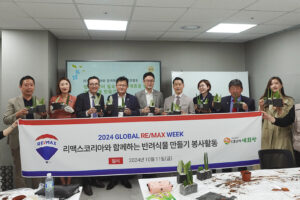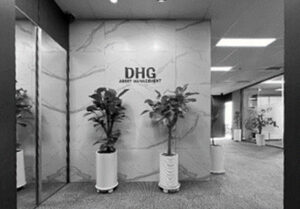The concept of a commercial district refers to the area where customer attraction is centered around a store (facility), that is, an area where a certain percentage of demand leads to purchases at that store (facility). And the concept of location refers to the place where the store (facility) is located. Therefore, the value of the location changes depending on the surrounding environment and can be newly created. Yeonmujang-gil in Seongsu-dong is a growing commercial district, and one with the potential for further growth in the future. This is because it is an area where industries with high profits per pyeong are increasing, where many promising brands are opening stores, and because it has all the characteristics of a growing commercial district where large commercial facilities are opening stores.
If you look closely at the Yeonmujang-gil commercial district in Seongsu-dong, the main commercial district is 'West Yeonmujang-gil' starting from the 'famous Seongsu Gamjatang' and ending with Daerim Warehouse on the left and right. The characteristic of 'West Yeonmujang-gil' is that there are many small and medium-sized stores under 50 pyeong, so pop-up sites are rare, so options are limited. On the other hand, 'Dong Yeonmujang-gil' is suitable as a pop-up site because there are many large stores, but other than certain pop-up brands, the pop-up commercial area is still weak. Pop-up pricing is generally a method of investing a certain percentage of the marketing funds allocated to the brand's agency in real estate rental, so the price is bound to continue to rise as the pop-up site becomes more valuable in a hot place. According to the Seongsu-dong real estate industry, the weekly rent for large properties soars to 200 million won. The only spaces that can be rented for millions of won are small spaces of around 10 pyeong. Compared to last year, the price has nearly doubled. The main street of Yeonmujang-gil, where pop-up stores are concentrated, is already full of short-term rentals until early next year.
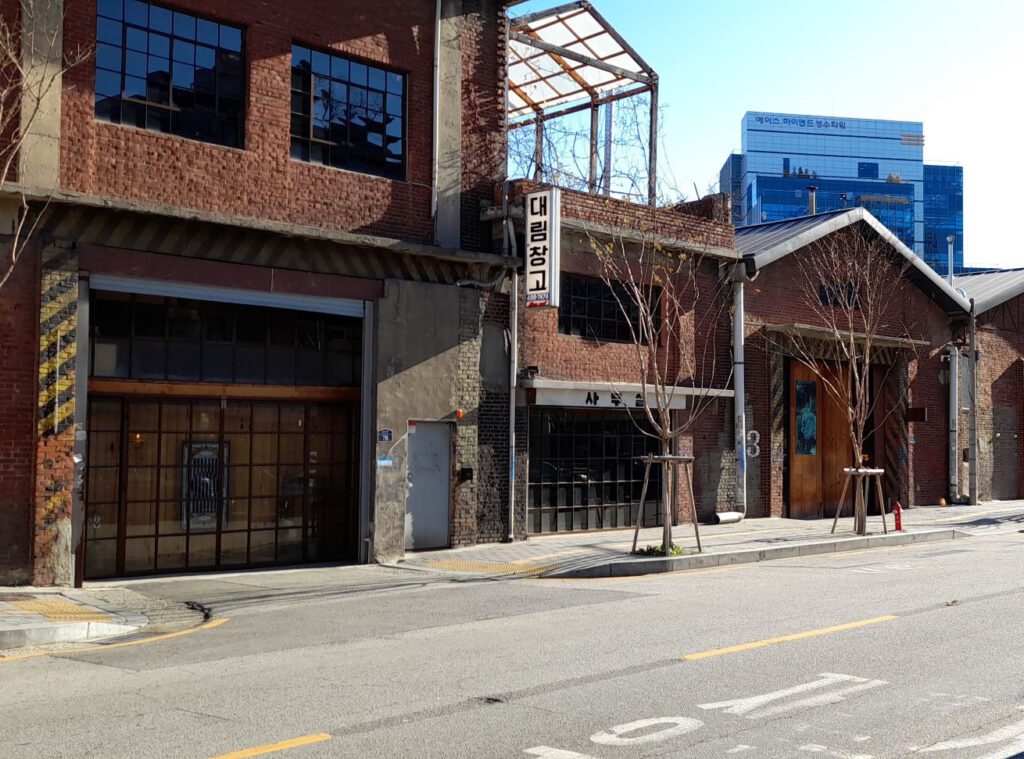
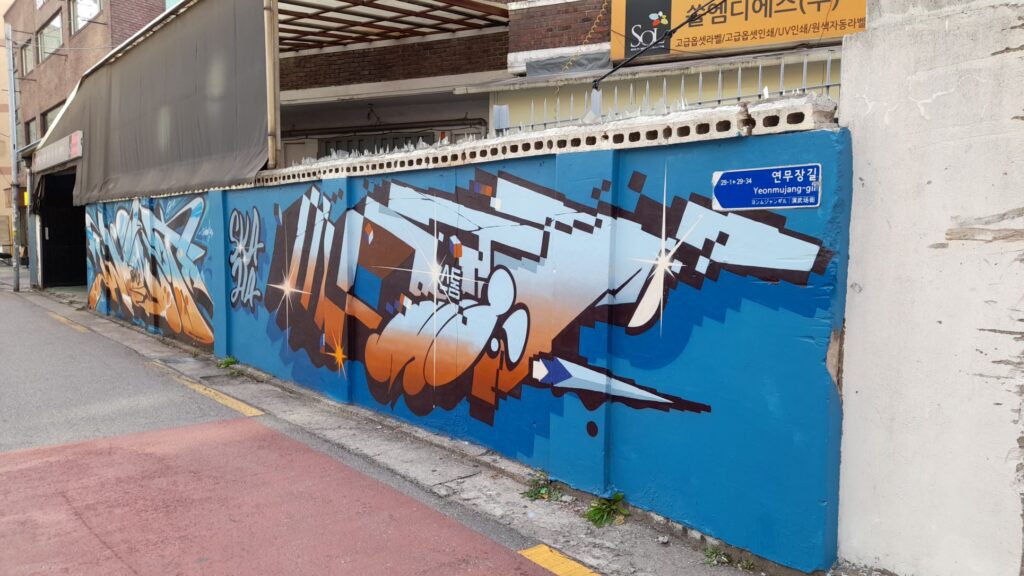
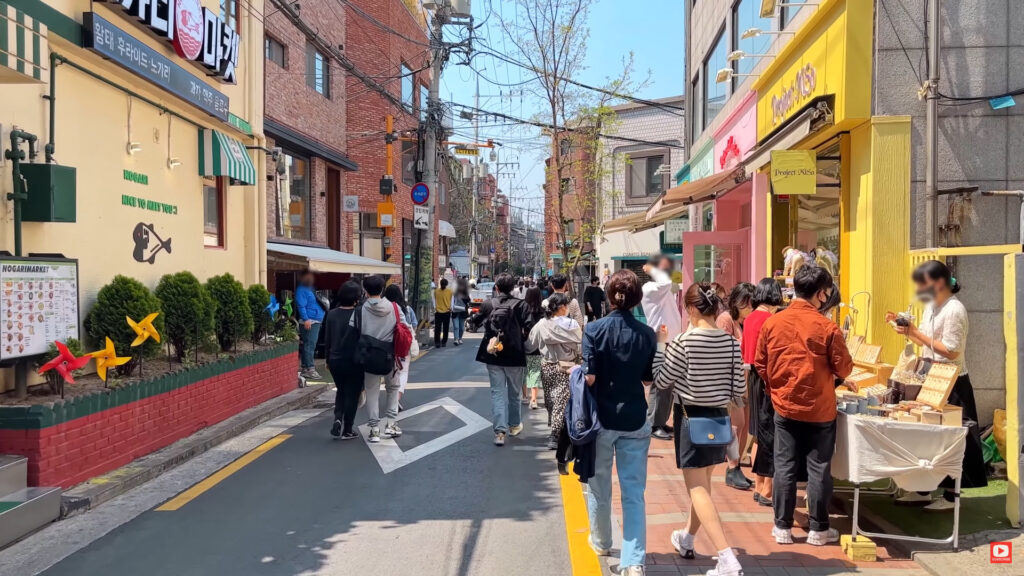
“As the number of consumers who value experiences increases, the industry is using pop-up stores as bait content to attract them. A pop-up store is a billboard itself. Proof shots from consumers who visit offline spaces fill the Instagram feed. All of these processes are spontaneous and natural phenomena. The reason why pop-ups are concentrated in Seongsu-dong is because Generation Z, the core of this chain reaction, heads to Seongsu-dong, not Cheongdam-dong. These are the new consumer groups that the luxury goods market is targeting. “Within the existing portfolio, we are focusing on high value-added items such as watches and jewelry to absorb consumers from the M (millennial) generation, and are marketing clothing, bags, and small luxury products to the younger and lighter generation Z.” Source: Herald Economy Reporter Kim Yu-jin


